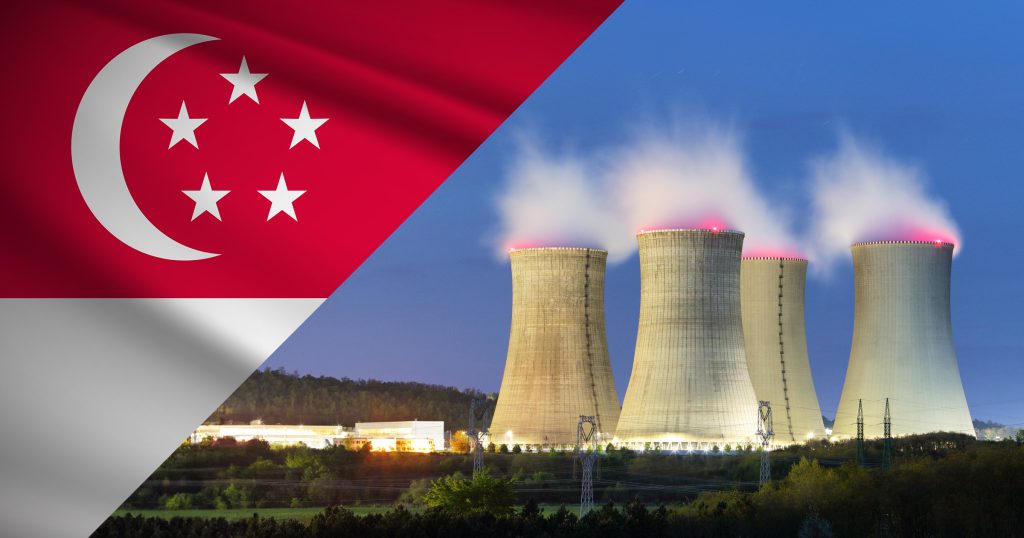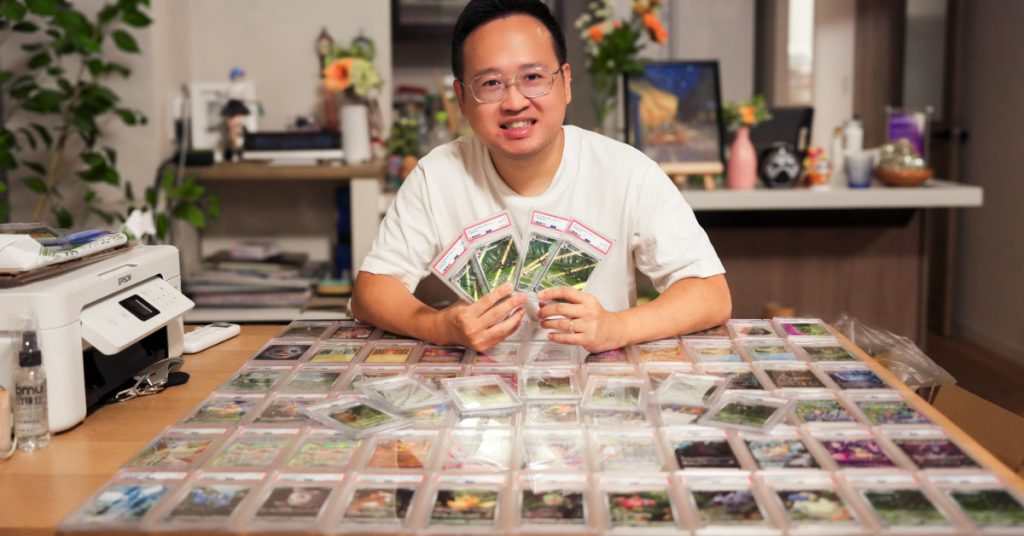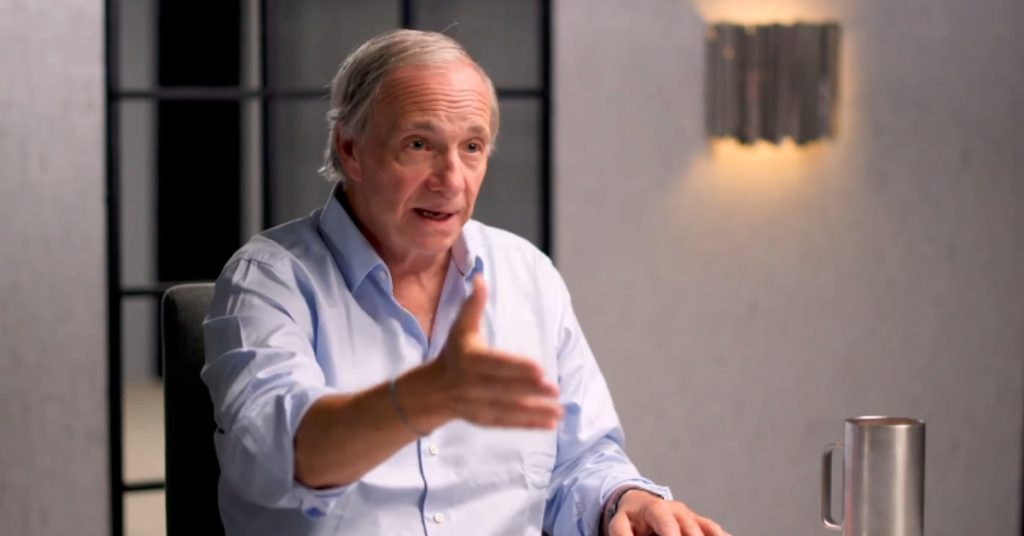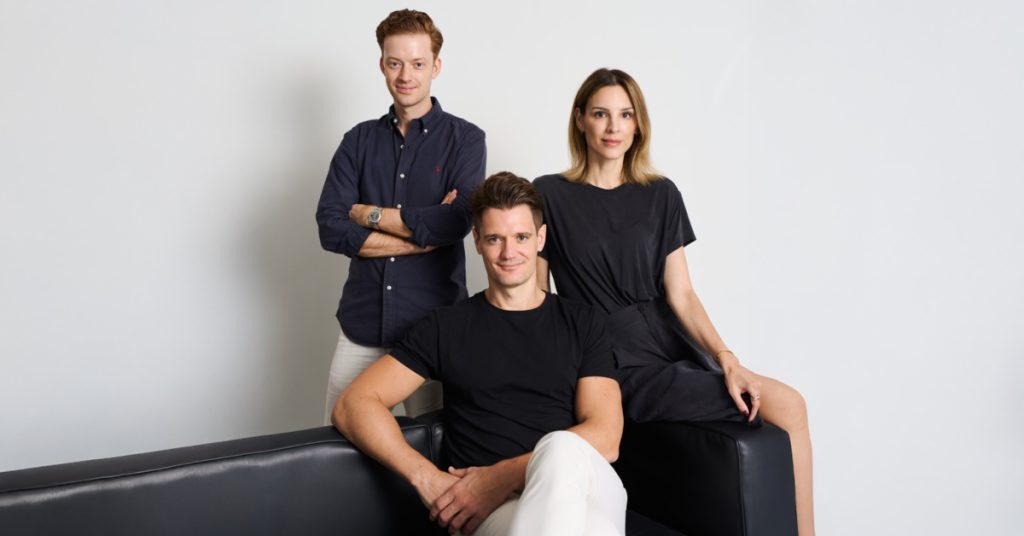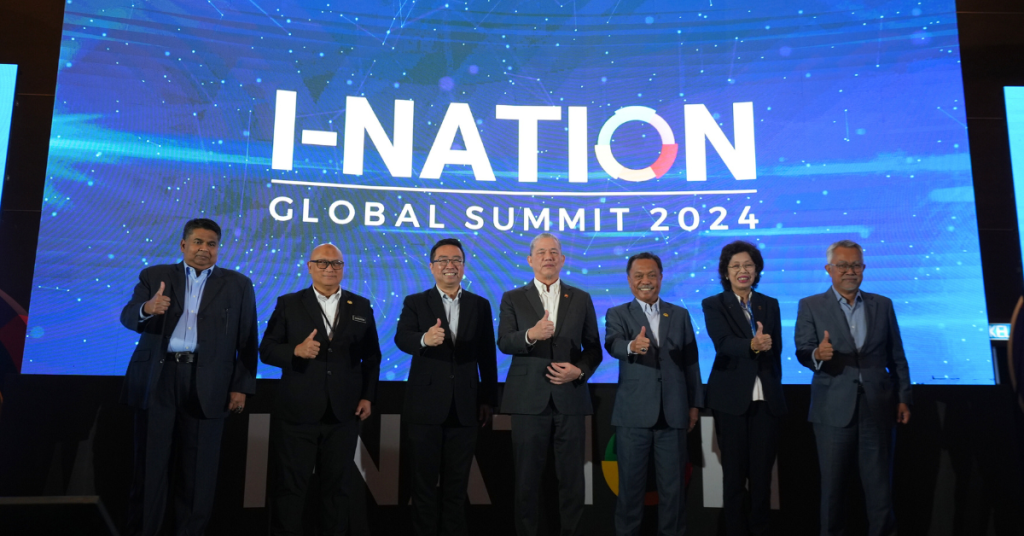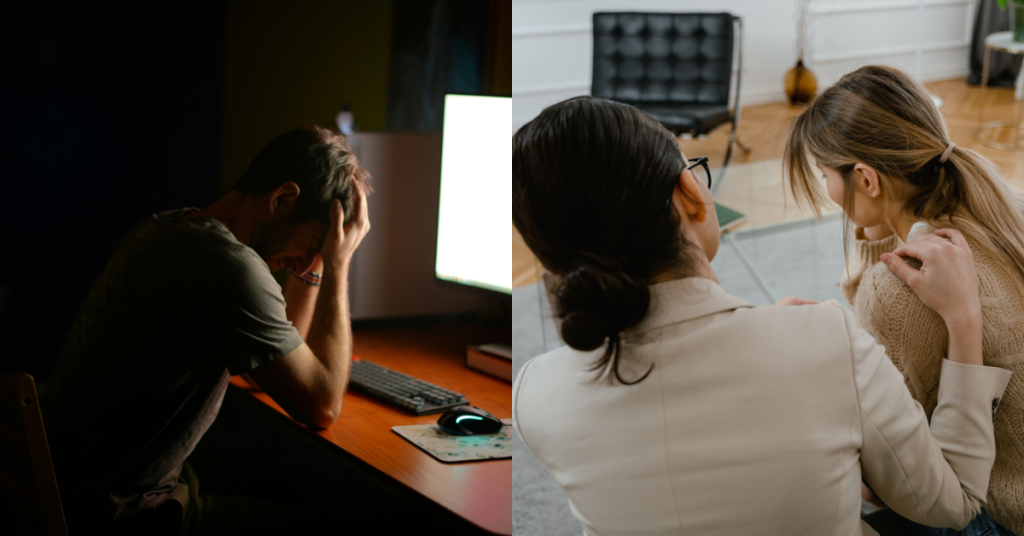Yesterday, Singapore and the USA signed a nuclear cooperation deal that will give the city-state access to the latest developments in nuclear technologies for civilian applications. These technologies may one day be deployed to provide power on the island as it seeks to move away from fossil fuels.
The 123 Agreement, as it’s called, was signed by US Secretary of State, Anthony Blinken, and Singapore’s Minister for Foreign Affairs, Dr Vivian Balakrishnan, during the former’s visit on July 31st.
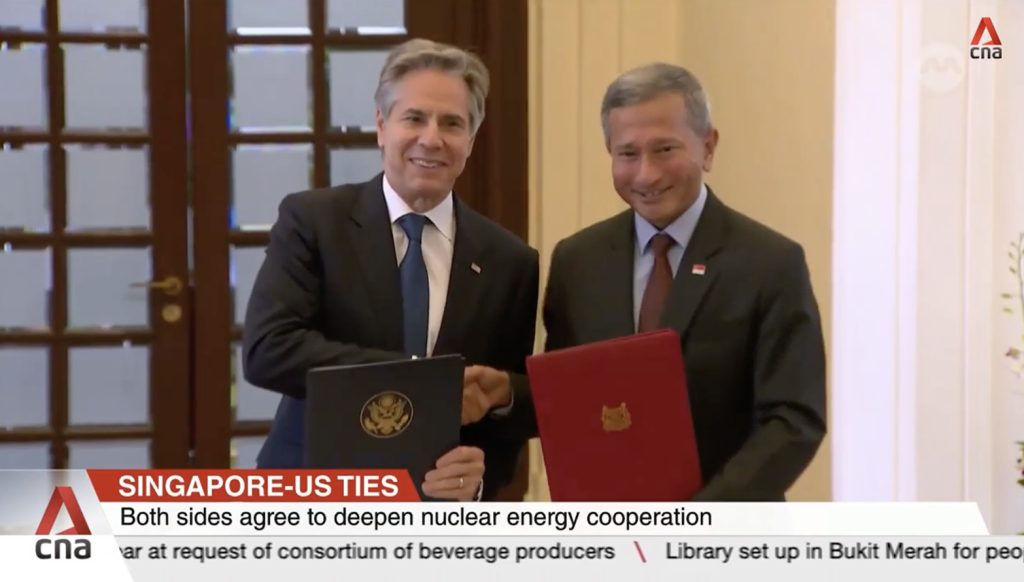
The agreement still needs to be approved by the US Congress, which is expected to happen by the end of 2024. Upon entry into force, it will provide Singapore with details of American technologies and scientific research, which are under export controls.
It will also permit cooperation with other countries which use American intellectual property.
No plans for deployment yet
This is just a first step in a long journey to Singapore’s first nuclear reactors. As noted by min. Balakrishnan:
“Current conventional nuclear technologies are not suitable for Singapore. But given advances in civil nuclear technology, we need to stay abreast of breakthroughs in this rapidly evolving field.”
Small modular reactors are one area of promise, as they are smaller, considerably safer, and require much-reduced buffer zones than current nuclear power plants. This would make them suitable for a densely populated island with very little land.
It’s worth remembering that replacing natural gas with nuclear power for electricity generation in Singapore is not new, and various proposals have been studied over at least the past two decades.
Power plant at Pedra Branca?
In 2008 this seemingly implausible idea was put forward by none other than Lee Kuan Yew himself. Facing not only growing environmental concerns but also over-reliance on gas piped over from Malaysia, which created a strategic vulnerability, he suggested placing a nuclear plant on Pedra Branca, safely away from Singapore’s mainland.
“The real alternative, that can produce the electricity generation to match oil and gas, is nuclear. If you know, the rule is you must have the power station at least 30km away. You can put one end of the island and what happens at the other end?
“So we’ve been thinking this thing through and I said OK, ‘There’s Horsburgh Lighthouse [on Pedra Branca]. It’s more than 30km away, we reclaim land there and plonk it there. But then it’s less than 30km away from the Malaysian coast. They’ll be worried’.”
Lee Kuan Yew
Of course, nothing came of this, but Singapore kept looking for options to end its dependence on fossil fuels. Proposals for underground nuclear facilities, and more recently, floating ones were studied.
The country’s leadership appears to be convinced that it’s the only way for the city-state to cut its carbon emissions at scale, given the lack of land for sufficiently broad deployment of renewable energy sources (as well as their unreliability).
“For a greener earth and to reduce carbon emissions, we must master and adopt nuclear energy as a key solution.”
Ho Ching, June 2019
Even Mdm Ho Ching made observations about SMRs and voiced her support for nuclear technologies several times before, including in these Facebook posts from 2019:
Her observations are now becoming a reality.
Within just a few years, Singapore has decided it needs to gain access to American expertise, with the implicit aim of deciding on a nuclear solution suitable for its unique circumstances within the next three decades.
Not a question of ‘if’ but ‘when’
Pre-feasibility studies conducted in 2012 concluded that current technologies are not viable for Singapore. However, by 2022, the Energy 2050 Committee report published by Energy Market Authority projected that SMRs are likely to be successfully launched around the world by 2030, making them an option for the Lion City in the subsequent years.
The technology is expected to mature by the 2040s and, if adopted, eventually satisfy around 10 percent of Singapore’s energy needs by 2050, with a perspective for future growth.

Four months ago, Second Minister for Trade and Industry, Mr Tan See Leng revealed in the parliament that the government is planning to build up a local pool of around 100 experts in nuclear energy in the medium to long term.
To that end, the Singapore Nuclear Research and Safety Initiative at NUS has already awarded around 30 scholarships for postgraduate studies over the past ten years.
It is clear then that Singapore is committed to bringing nuclear power to the local grid at some point in the future, although no final decisions have been made yet.:
“Clean nuclear energy is one possible option but let me be clear, we have not decided on whether we’re going to eventually use nuclear energy or not.”
Tan See Leng
Given the proximity to Singapore’s population of 6 million, a reasonable margin of error has to be left if the promising technologies do not fulfil Singapore’s stringent safety criteria.
On the other hand, there seems to be no alternative, and any hiccups are likely to merely delay, not derail the plans completely.
Exactly when they come to fruition will depend on global advances, most of which are based on research and engineering in the USA that the city-state has just gained access to.


